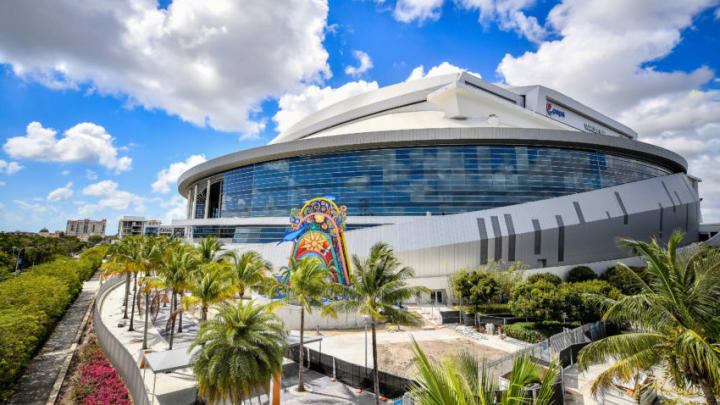Grading how Atlanta Braves NL East rivals navigated the 2020 draft

Nationals try to stay ahead of Atlanta Braves with Pitching
WASHINGTON NATIONALS
Like the Marlins, the Washington Nationals also loaded up on pitching with 4 of their 6 picks being used in that way.
Their 22nd pick overall netted them RHP Cade Cavalli of Oklahoma, a pitcher that the Atlanta Braves drafted in the 29th round back in 2017, but was unable to sign. Like Ginn, he has an upper 90’s fastball with ‘easy gas’ and a wipeout slider. Oh, and he can also spin up a curveball or a changeup that are both above average.
The knock on Cavalli comes from 2 directions: injury history and hittability. That fastball speed is mitigated by a lack of deception. Also, his control isn’t there yet. So he’s not yet the second coming of Scherzer or Strasburg, but the Nats obviously thought enough of him to take him here anyway.
Beyond that:
- RHP Cole Henry (LSU). Could choose to return to school.
- SS Sammy Infante (HS)
- RHP Holden Powell (UCLA)
- C Brady Lindsay (Oklahoma)
- LHP Mitchell Parker (San Jacinto JC)
Note the move here to take Cavalli’s catcher from Oklahoma in the 4th round. He wasn’t listed among the BA top 500 draft prospects, so that’s obviously a nod to Cavalli to help him (a) get signed, and (b) get comfortable. That said, they could have had him without spending a draft pick, so perhaps they think they know more than the website rankers?
GRADE C+. Like the Mets, all their eggs are in the baskets of their top 2 picks. The rest of the picks seem intended to help them sign the big guys. In this case, though, the scouting reports aren’t that certain on either one, and that creates a risk that neither ends up being as good as they hope.
Summary of Atlanta Braves division
So once again, it’s a pitching-dominated draft in the NL East: 25 picks total with 17 pitchers and 8 position players taken.
The Braves, Nats, and Marlins went pitcher-heavy for sure and the view from here suggests that the winner in the division is Miami – if they can indeed sign all of their picks, with 2nd rounder Fulton being the key. If that happens, they clearly are well ahead of the others… and they probably are regardless.
The potential for busted drafts is there for the Mets, Phillies, and Nats — whether from signing issues or performance.
In that respect, the Atlanta Braves did well: most should be readily signable picks with solid floors and varying upsides (noting that Strider is there strictly to save slot money… and you can argue that for the others, but the value seems to be there).
Under the circumstances, this grade keys on the signing of Bryce Elder. If the Braves get him under contract, then they will have earned a B+ grade. C otherwise.
The Marlins are the winners and the team to be watching over the next 3-5 years as an up-and-comer. If they can spend any money by then, the Braves might face a significant challenge from South Florida.
Next. Grading the individual Braves picks. dark
But with fewer picks and a longer wait than the rest to use them, this was not a terrible result for the Braves.